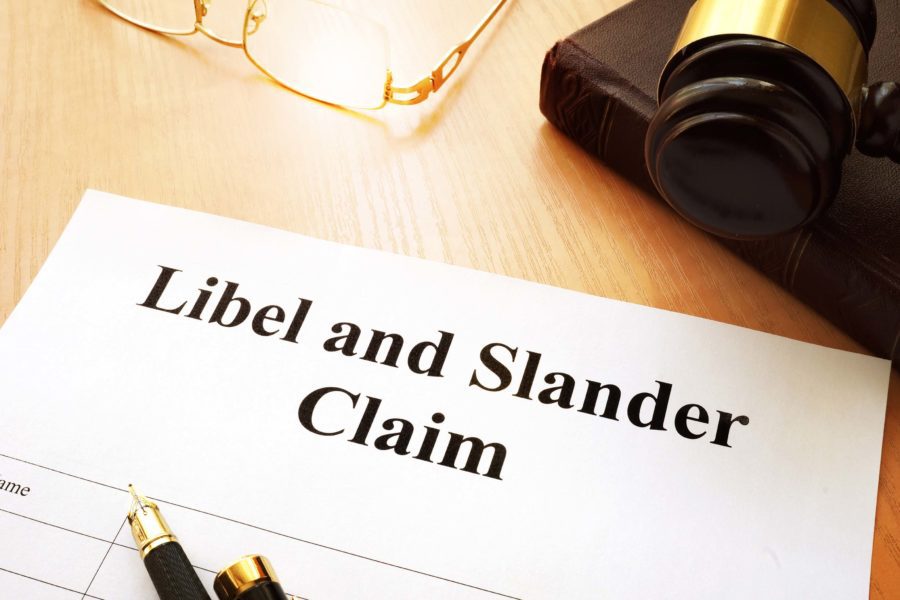Even under the best circumstances, there’s no way to predict whether an accident or oversight involving your business will injure others or damage their property. That’s why you carry commercial general liability (CGL) coverage to protect assets and cash in the unfortunate instance that a court finds your business liable for damages to another party.
What does CGL cover?
CGL includes coverage for bodily injury and property damage, personal and advertising injury and medical payments. These are broken out into Coverage A, B and C, respectively. When bodily injury or property damage is accidental, a claim should activate Coverage A, your primary coverage. Coverage A deals with occurrences of physical harm, whether that involves injury or damage. If an action or statement causing damage is intentional, it may active Coverage B if it’s deemed a personal or advertising injury. Coverage B requires that an insured commit an “offense.” If bodily injuries have been suffered as a result of the business operations of the insured or on the commercial premises of the insured, Coverage C is activated.
To clarify the difference between A and B coverage, it’s helpful to remember that the purpose of insurance is to protect you in the event of various unforeseen occurrences or accidents. Coverage A insures accidents that happened because of something you should have done, but failed to do. Claims for this type of inadvertent harm, whether bodily injury or property damage, would come under the heading of “negligence.” Conversely, Coverage B is concerned with intentional acts that had an unintended or “accidental” result.
In this article, we’ll take a closer look at Coverage B, personal and advertising injury.
What is personal and advertising injury?
Personal and advertising injury, or Coverage B, protects you from damages caused as a result of slander, libel, invasion of privacy, disparagement of goods and more. Personal injury liability might also arise from incidents such as false arrest, malicious prosecution, wrongful eviction or illegal entry.
Examples of Personal and Advertising Injury Claims
While this list is far from exhaustive, some examples of grounds for a personal and advertising injury claim include:
- False arrest – Wrongful detention or imprisonment or depriving others of their liberty.
- Malicious prosecution – Taking legal action against someone without good cause.
- Wrongful eviction or entry – When a property owner unreasonably expels a tenant or violates a tenant’s right to privacy.
Advertising injury liability may arise from a claim of libel, slander, copyright infringement, misappropriation or violation of privacy.
- Slander – Making a false statement about another person or company.
- Libel – Harming someone’s reputation or income by something you falsely set down in writing or displayed in a picture.
- Copyright infringement – Using copyrighted work without permission.
- Misappropriation – Using another company’s themes, concepts or slogans.
- Invasion of privacy – Intruding on another person’s solitude or private affairs.
Exclusions to Know
Some examples of actions that could lead to a claim being denied (exclusions) include:
- Knowing Violation of Rights Exclusion – If you knowingly violate another individual’s rights, any resulting personal or advertising injury claim would be excluded from coverage.
- Material Published With Knowledge of Falsity – Causing harm by posting a bad review that you know is false.
- Material Published Prior to Start of Policy Period – Committing libel before the start date of your insurance policy.
- Criminal Acts – Any act that is against the law is likely to be excluded from coverage. All the “offenses” included in Coverage B are torts, which are wrongful acts that do not rise to the level of a crime.
- Contractual Liability – Coverage B does not include liability that you have assumed under a contract, such as indemnification. Be careful signing anything with an indemnification or hold harmless clause.
- Breach of Contract – If you explicitly promise not to use another’s advertising ideas in a contract and still knowingly commit a misappropriation, you are not covered.
- Quality or Performance of Goods, Failure to Conform to Statements – If your product fails to meet the standards of quality or performance that you promised a client, any resulting claim would not be covered.
- Wrong Description of Prices – Should you bid a job incorrectly or quote an incorrect price on a customer’s order, your policy won’t cover a resulting claim.
- Infringement of Copyright, Patent or Trade Secret – If you copied your competitor’s instruction manual and they sue for infringement, you are not covered because technical writing is not advertising.
- Insureds in Media and Internet Businesses – If you’re running an online channel or news aggregator, libel claims are likely excluded in your policy. This is because your business fits the definition of broadcasting, not advertising.
- Electronic Chatroom or Bulletin Board – If you manage a chat room and fail to remove false posts that cause an advertising injury, you may not be covered under your ad’s insurance policy, as you are the responsible manager of the content.
- Unauthorized Use of Another’s Name or Product – A blogger using a competitor’s name and identity as search engine keywords would not be insured against that competitor’s claim of advertising injury.
- Pollution – In the past, some policyholders were able to claim pollution as a covered wrongful entry offense in a personal injury claim. Consequentially, Coverage B now expressly excludes coverage for the release of pollutants.
- Pollution-Related – Coverage B also excludes claims for cleanup or waste treatment.
- War – Coverage B doesn’t include covered offenses that arise out of a state of war.
While personal and advertising injury coverage in a commercial general liability policy can be complicated, most business leaders can readily grasp the importance of this essential protection.
Considering the ease of which libel, slander, physical damage and bodily injury can occur, there are many ways your organization can end up facing claims of wrongdoing. Rather than risk a personal and advertising injury lawsuit threatening your business’s financial well-being, it’s wise to get a policy in force to limit your personal and advertising injury liability.
For more information, or to review your personal and advertising injury coverage, talk to one of our commercial insurance experts.





